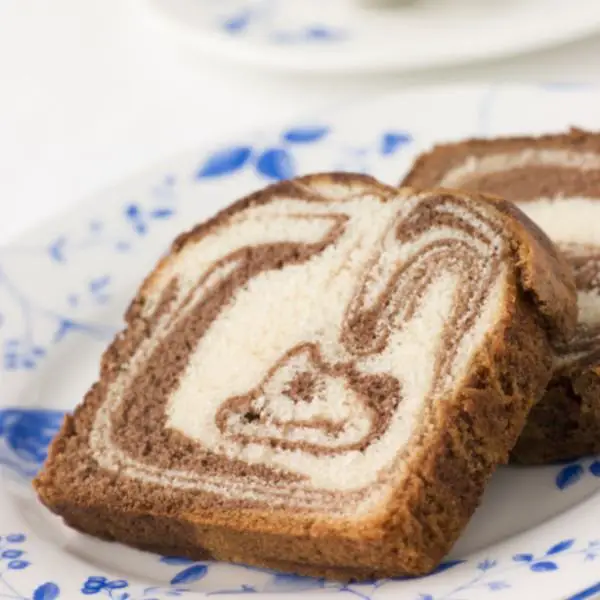Vinarterta is a traditional Icelandic cake that has been enjoyed for centuries, particularly during the holiday season. Its origins can be traced back to the late 18th century, and it has since become an integral part of Icelandic culture. In this article, we will explore the history of Vinarterta cake, its ingredients, preparation methods, and significance in Icelandic culture.
The Origins of Vinarterta Cake
The name Vinarterta is derived from the Icelandic words “vín” (meaning wine) and “terta” (meaning cake). Although the exact origin of Vinarterta cake is unknown, it is believed to have been brought to Iceland by immigrants from Denmark, Germany, and Scotland in the late 18th century.
Initially, Vinarterta was a simple cake made with just flour, sugar, butter, and raisins. However, over time, the recipe evolved to include more ingredients, such as cardamom, cinnamon, and prunes.
The Significance of Vinarterta in Icelandic Culture
Vinarterta cake holds a special place in Icelandic culture, particularly during the holiday season. It is commonly served during Christmas, New Year’s Eve, and other festive occasions.
In Iceland, it is also common for families to bake their Vinarterta cake using traditional family recipes that have been passed down through generations.
The Ingredients of Vinarterta Cake
The ingredients of Vinarterta cake vary depending on the recipe, but the traditional recipe typically includes flour, sugar, butter, eggs, baking powder, ground cardamom, and dried fruits such as raisins, prunes, or dates. Some recipes also include almond extract, cinnamon, or grated lemon zest.
The Preparation of Vinarterta Cake
The preparation of Vinarterta cake can be time-consuming and requires patience and attention to detail. The dough is rolled out thinly and layered with a filling of dried fruits, typically prunes, which have been simmered with sugar and spices.
The layers are then stacked on top of each other, with each layer being thinner than the one before. The cake is then baked until golden brown and allowed to cool before being sliced into thin, delicate slices.
Variations of Vinarterta Cake
Over the years, there have been several variations of Vinarterta cake that have emerged. Some of the popular variations include adding coconut to the filling, substituting dates for prunes, or using a cream cheese frosting between the layers.
Tips for Making Vinarterta Cake
- Make sure to roll out the dough thinly to ensure that the layers are delicate and thin.
- Allow the cake to cool completely before slicing into thin, delicate slices.
- If the prune filling is too thick, add a bit of water to thin it out.
- Use a sharp knife to slice the cake cleanly.
Serving Vinarterta Cake
Vinarterta cake is typically served as a dessert or snack, accompanied by a hot cup of coffee or tea. It can be served at room temperature or slightly warmed.
Where to Find Vinarterta Cake
Vinarterta cake is a specialty dessert that can be found at Icelandic bakeries or specialty food stores. It can also be made at home using traditional family recipes.
FAQs
Vinarterta cake is believed to have been brought to Iceland by immigrants from Denmark, Germany, and Scotland in the late 18th century.
The traditional ingredients of Vinarterta cake include flour, sugar, butter, eggs, baking powder, ground cardamom, and dried fruits such as raisins, prunes, or dates.
Vinarterta cake holds a special place in Icelandic culture, particularly during the holiday season. It is commonly served during Christmas, New Year’s Eve, and other festive occasions.
Vinarterta cake is made by layering thinly rolled out dough with a sweet prune filling. The layers are stacked on top of each other, with each layer being thinner than the one before, and the cake is baked until golden brown.
Vinarterta cake can be found at Icelandic bakeries or specialty food stores. It can also be made at home using traditional family recipes.
Conclusion
Vinarterta cake is a beloved Icelandic dessert with a rich history and cultural significance. Its delicate layers and sweet prune filling make it a favorite during the holiday season and other festive occasions.

